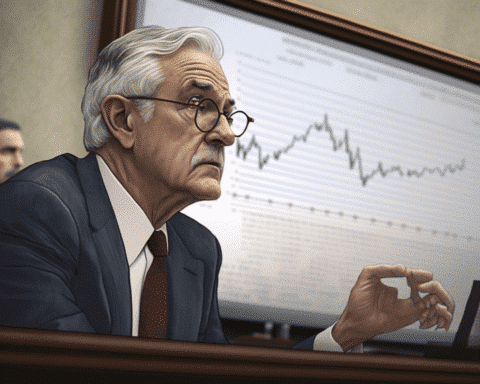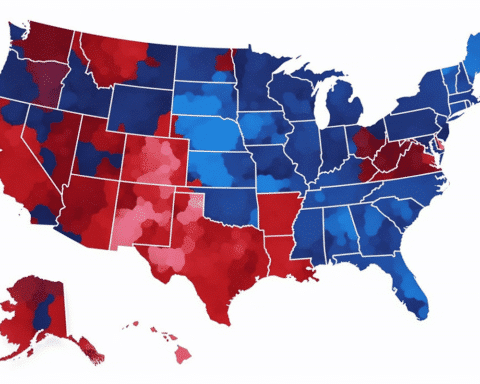As the holiday season approached, Walmart brought a glimmer of hope to consumers burdened by persistent inflation, announcing a price drop for food and other essential items. This trend hinted at potential deflation in key household categories, a prospect warmly welcomed by those grappling with significant price hikes over recent years. However, this optimism was short-lived, as Walmart recently adjusted its stance, acknowledging that many grocery and household staple prices have remained elevated.
John David Rainey, CFO of Walmart, expressed to CNBC that while deflation is evident in certain categories, the broader expectation of overall deflation remains uncertain, with prices stabilizing compared to three months prior. This sentiment is echoed across the corporate landscape, where companies like Home Depot and Coca-Cola, despite the cooling inflation, continue to witness price increases, albeit at a slower pace than desired by the Federal Reserve.
Despite a reduction in inflation rates, the persistence of price increases presents a complex scenario for consumers and companies alike. The latest government data, revealing a 3.1% rise in the consumer price index in January from the previous year, underscores the ongoing challenge of managing price levels within the economy.
While some sectors, such as consumer electronics and used cars, have seen price decreases, offering a respite to consumers, rising prices remain a pressing concern, particularly in food and household essentials. This trend is particularly alarming considering the significant portion of Americans who, according to a Pew Research Center survey, rank the cost of everyday items as their top economic worry.
The phenomenon of deflation, while potentially beneficial for consumers, introduces a precarious dynamic for businesses. Companies might opt to safeguard profits over passing savings to consumers, fearing the implications of reduced sales and declining stock prices. The reluctance to acknowledge or embrace deflation stems from concerns over brand and economic perception, with executives wary of the signals such a stance may convey to investors.
The uneven nature of price adjustments further complicates the landscape, with certain commodities experiencing price cuts while others, driven by factors like brand strength and consumer loyalty, maintain or even increase their prices. Retailers have introduced private brands to offer competitive pricing, putting additional pressure on national brands to adjust their pricing strategies.
As the dialogue between inflation and deflation continues, the retail sector remains at a crossroads, navigating the delicate balance between consumer expectations, market dynamics, and economic indicators. The unfolding scenario highlights the intricate interplay of factors influencing pricing strategies and underscores the need for a nuanced understanding of inflationary and deflationary trends within the retail industry.
While deflation in specific categories offers a glimpse of relief for consumers, price adjustments’ broader economic and business implications remain a complex challenge. As retailers and corporations adapt to the evolving landscape, the ultimate impact on consumer wallets and market dynamics will continue to unfold, shaping the narrative of inflation and deflation in the retail sector.




